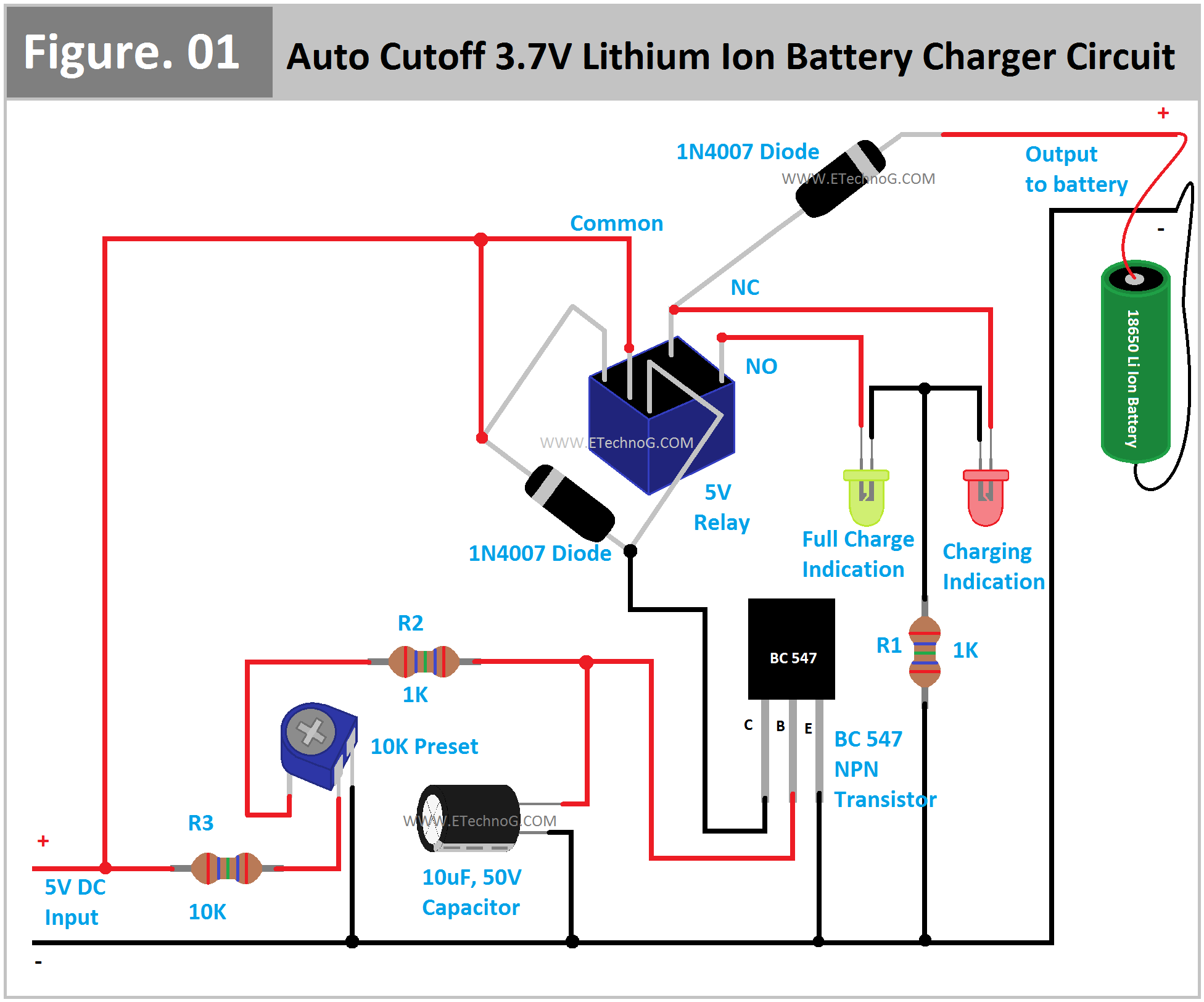How To Hook Up A Battery Charger To A Car

The seemingly simple act of hooking up a battery charger to a car feels almost archaic in the rapidly evolving landscape of modern mobility. For generations, it was a rite of passage for drivers, a fundamental skill akin to changing a tire. But as we hurtle towards an electrified future, even this basic task is undergoing a transformation, demanding a fresh perspective and a deeper understanding of the systems we're interacting with.
Charging Today: A Bridge to Tomorrow
Today, the process remains relatively straightforward for internal combustion engine (ICE) vehicles. Disconnect the negative terminal first, then the positive. Connect the charger leads in reverse order, ensuring correct polarity is crucial to prevent damage. Setting the correct voltage and amperage is equally important. But even this familiar ritual is being augmented by smart chargers equipped with microprocessors that analyze battery condition and adjust charging profiles accordingly. These intelligent devices maximize battery life and minimize the risk of overcharging, a significant improvement over older, less sophisticated models.
However, the rise of hybrid and electric vehicles (EVs) necessitates a shift in our thinking. While jump-starting a hybrid with a depleted 12V battery (used for auxiliary systems) is still possible using traditional methods, directly charging the high-voltage battery pack requires specialized equipment and expertise. This is not a DIY project. High-voltage systems carry a significant risk of electrocution, and attempting to tamper with them without proper training is extremely dangerous.
The future of charging is inextricably linked to the advancement of EV technology. We're already seeing the emergence of faster charging standards like CCS and CHAdeMO, allowing for significantly reduced charging times. But the real game-changer will be the widespread adoption of 800V architectures, enabling even faster charging and improved efficiency. This is where companies like Porsche (with the Taycan) and Hyundai (with the IONIQ 5) are pushing the boundaries, paving the way for a future where charging an EV is as quick and convenient as filling up a gasoline car.
Challenges and Opportunities
Despite the exciting progress, significant challenges remain. The infrastructure required to support a fully electrified fleet is massive and expensive. Building out a comprehensive network of fast-charging stations across urban and rural areas will require substantial investment from both public and private sectors. Furthermore, the availability of raw materials like lithium and cobalt, essential for battery production, is a growing concern. Ensuring a sustainable and ethical supply chain will be critical to the long-term viability of EV technology.
Another challenge lies in battery degradation. While modern EV batteries are designed to last for many years, they inevitably lose capacity over time. Understanding and mitigating battery degradation is crucial to maintaining the value of EVs and ensuring their longevity. This is where smart battery management systems (BMS) come into play. These systems monitor battery health, optimize charging and discharging cycles, and provide valuable data for predictive maintenance. The future will likely see even more sophisticated BMS technologies that can extend battery life and improve performance.
Beyond charging infrastructure and battery technology, the integration of EVs into the smart grid is another key area of focus. Vehicle-to-grid (V2G) technology has the potential to transform EVs from mere consumers of electricity into valuable assets for the grid. By allowing EVs to discharge electricity back into the grid during peak demand, V2G can help stabilize the grid, reduce energy costs, and improve the reliability of renewable energy sources. This requires sophisticated communication protocols and advanced grid management systems, but the potential benefits are enormous.
Smart Automotive Solutions: Beyond the Cable
The future of automotive charging isn't just about faster charging speeds and more convenient charging locations. It's about seamless integration with our lives. Imagine a future where your car automatically charges itself wirelessly while parked in your garage or at your workplace. Imagine a future where your car can optimize its charging schedule based on your driving patterns, electricity prices, and grid conditions. Imagine a future where your car can even earn you money by providing electricity to the grid during peak demand. These are not just futuristic fantasies; they are the building blocks of a smarter, more sustainable transportation ecosystem.
Furthermore, the increasing sophistication of automotive software and connectivity will play a crucial role in optimizing charging. Over-the-air (OTA) updates can improve charging performance, address software glitches, and even unlock new features. Advanced driver-assistance systems (ADAS) can help drivers find charging stations, navigate to them efficiently, and even initiate the charging process automatically. The convergence of software, connectivity, and electrification is creating a new paradigm of automotive innovation.
The development of alternative battery technologies is also a promising avenue. Solid-state batteries, for example, offer the potential for higher energy density, faster charging, and improved safety compared to traditional lithium-ion batteries. While solid-state batteries are still in the early stages of development, they represent a significant breakthrough in battery technology and could revolutionize the EV market.
Autonomous vehicles will also change how we think about charging. Imagine a fleet of self-driving taxis that can autonomously navigate to charging stations, charge themselves, and then return to service without any human intervention. This level of automation will not only improve the efficiency of transportation but also reduce the cost and complexity of charging infrastructure.
A Visionary Note
Ultimately, the future of automotive charging is about more than just electrons flowing into a battery. It's about creating a symbiotic relationship between vehicles, infrastructure, and the grid. It's about empowering drivers with the tools and information they need to make informed decisions about their energy consumption. It's about building a transportation system that is not only sustainable and efficient but also seamlessly integrated into our lives. The humble act of connecting a charger will fade into the background, replaced by a world where energy flows intelligently and effortlessly, propelling us toward a future where mobility is clean, connected, and truly sustainable. The future isn't just electric; it's intelligently powered.
